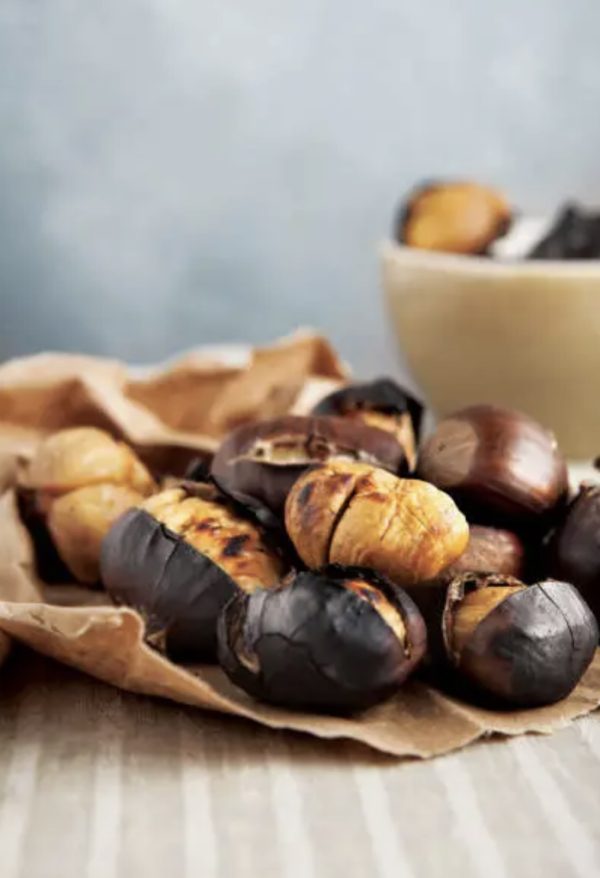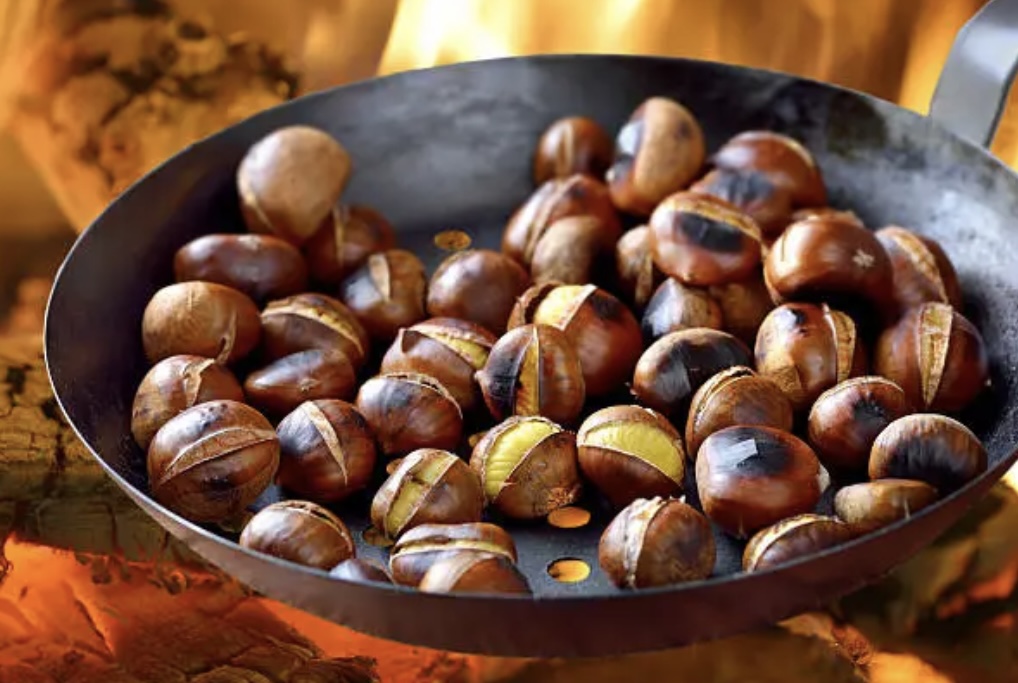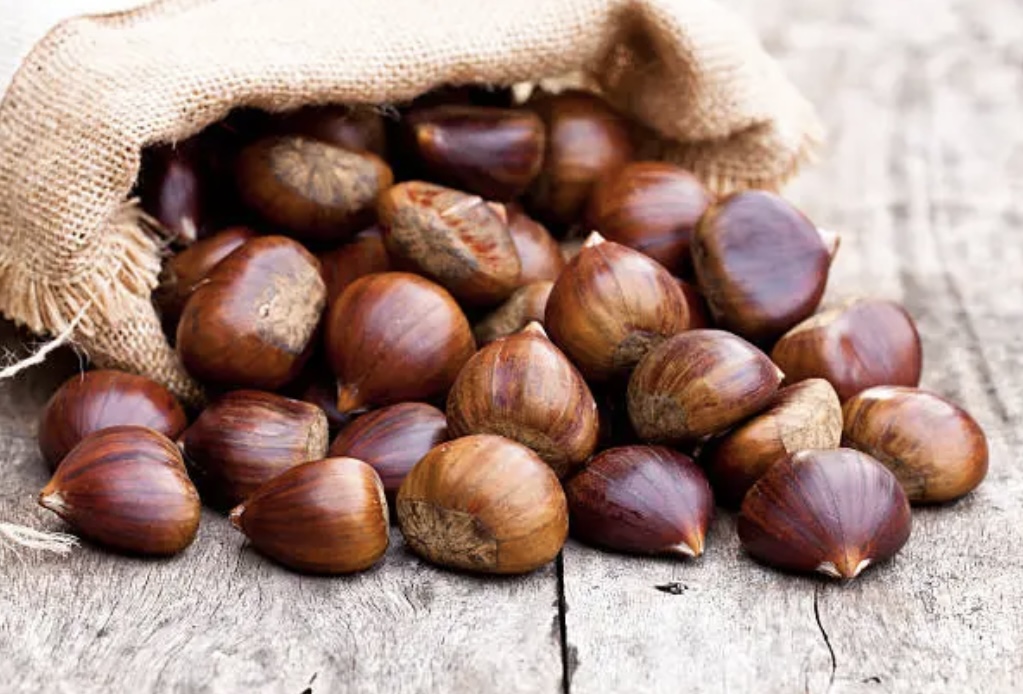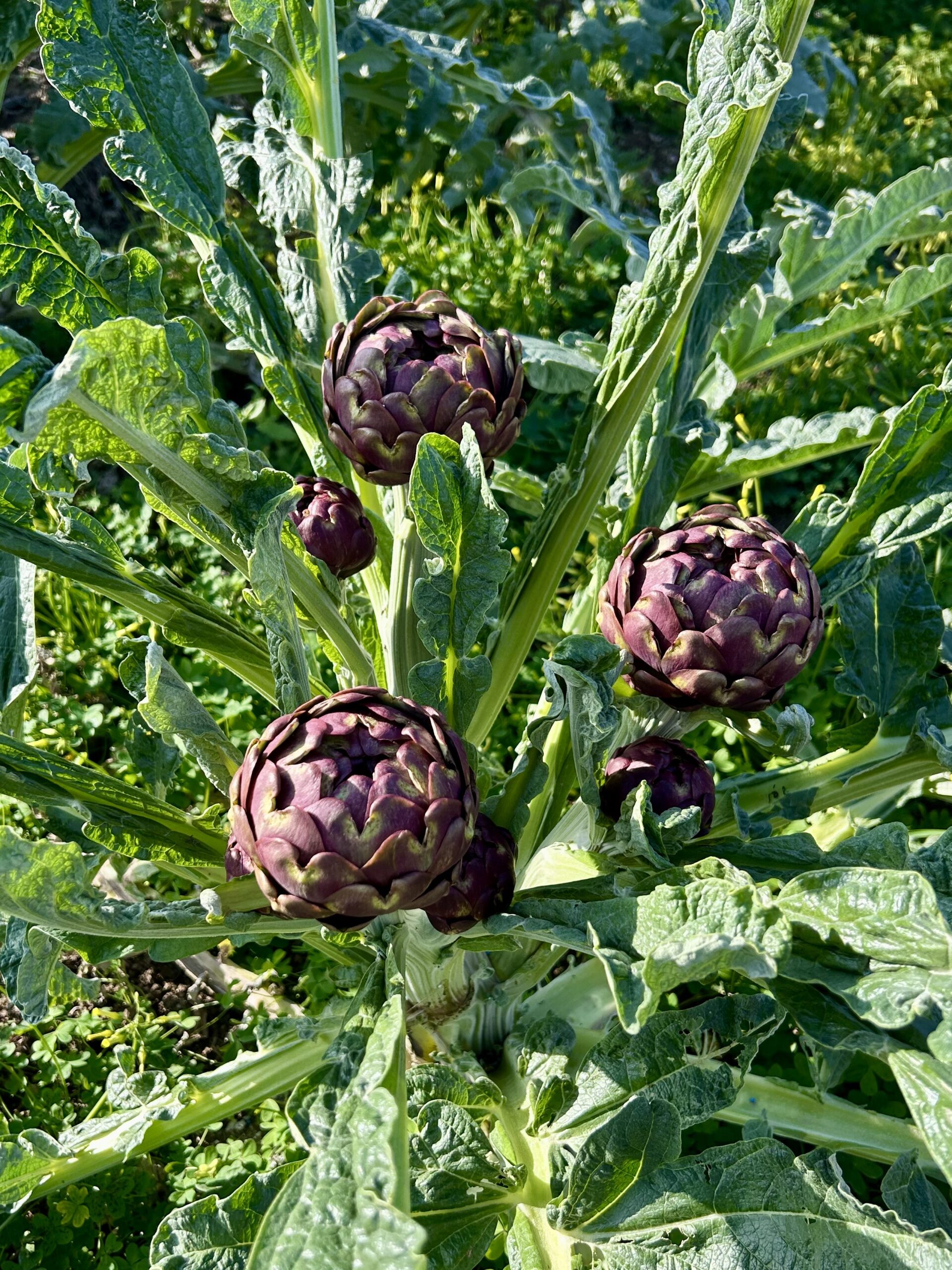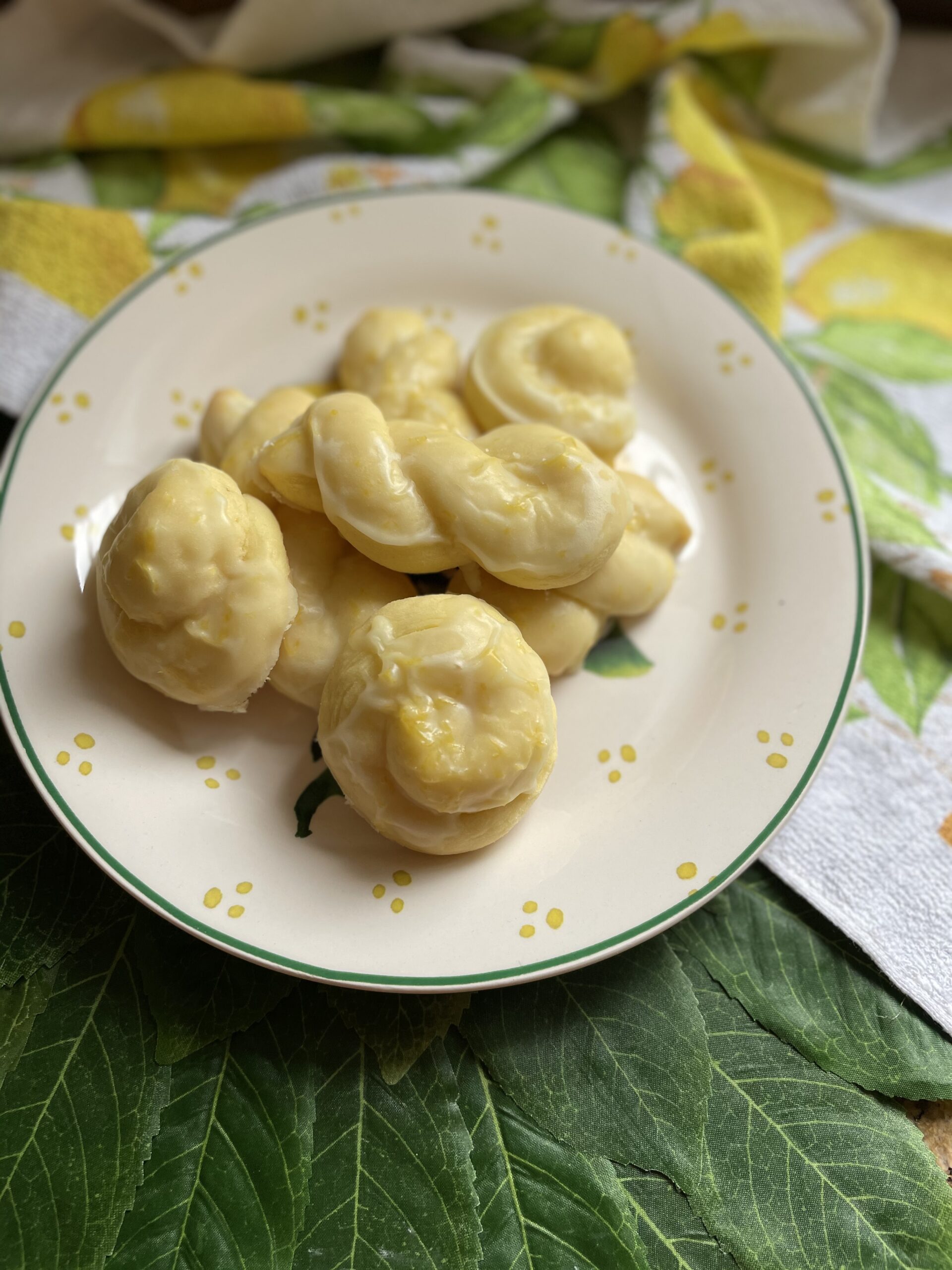“Chestnuts roasting on an open fire…..”The famed opening lines of the carol sung so beautifully by crooner Nat King Cole; painting a picture of warmth and comfort. It is this familiar line that I call to mind at this time of year as chestnuts crackle in the fire.
Although the marroni can be enjoyed in a variety of different ways, the quintessential method for me is roasted. A rustling fire under a pan of these brown beauties conjures up several warm memories, many of which involve celebration.
As I child I can recall attending fall festas with my parents and my father treating me to a little brown bag of roasted chestnuts purchased from the caldarroste (large caldrons of piping hot chestnuts toasting away and filling the air with their warm woodsy scent). Late in life I would also enjoy the starchy yet flavourful nut, holding a warm bag in my hands while strolling down Italian cobblestone streets.
It was also not uncommon to see my father firing up the home hearth to char up this fall favourite. He would cut a slit into each nut before setting it down into his homemade chestnut pan (literally an old frying pan in which he had drilled small holes to enable the flames to kiss the nut) and placing it atop of the glowing embers. From time to time the pan would get a shake to equally blister the shell on all sides and ensure even cooking of the inner kernel.
The sounds of crackling castagne usually signal some type of festivity in our household. The first being the autumnal feast of San Martino, when on November 11th, we enjoy the first glass of my father’s vino novello (new wine) accompanied by the toasty treat. Following that, the sweet Sardian nut (as it was first known in Europe) can usually be found smouldering away to cap off my father’s birthday dinner (celebrated in November), and served alongside juicy tangerines during the festive season.
Burlap sacks full of chestnuts are a staple with the hunters in our family as well; always packed up among their supplies for week long treks into the wilderness.
With such affirming associations it’s no wonder that this amber seed is so highly revered at this time of year. There are many festivals and sagre held all over Italy in celebration of this fall harvest. Apart from enjoying marroni caldi straight from a wood burning fire, visitors and locals alike can also enjoy them fresh, boiled or stewed. Vendors also offer tastings of chestnuts as ingredients in other dishes such as soups and stuffings, even polenta. For those with a sweet tooth, there are several regional desserts made from chestnuts including honies, jams, cakes and even ice-cream, which can all be washed down with chestnut liqueur.
So, if you’re looking to take a page from Bing Crosby’s song book and take the chill out of the air, or start a tradition of camaraderie by gathering around a fire, here are a few pointers for the perfect chestnut roast.
First off, when selecting chestnuts ensure their skins have a healthy glow, and a beautiful brown shine, and that they are free of any pinholes or blemishes. They should feel firm and solid with no air between the skin and the underlying flesh. Once you selected the perfect chestnuts determine the roasting method, over a wood burning fire or even the flame of a gas stove. If you don’t have access to an open flame no need to fret, they can also be roasted in the oven.
Before roasting in any mode, you must first slit them by making a cut into the round side of each to keep it from exploding. If you are roasting them over fire you will need a chestnut roasting pan which you can either purchase or make yourself (just like my father did). A roasting pan is basically and iron skillet that has holes in the bottom.
Place the chestnuts in the pan and cook them over brisk heat for 10-20 minutes (depending on their size), shaking them frequently to keep them from burning. When they’re done the skins will have pulled back from the nuts, and the nutmeats will be firm but fork-tender. Once you’ve removed them from the heat, wrap them in an old cloth, squeeze them until they crackle, and let them sit in a warm place for five minutes. Peel back the cloth and enjoy!
For oven roasting, preheat your oven to 425 F, and arrange the chestnuts on a baking sheet. Roast them again until the skins have pulled back from the cuts and the nutmeats have softened (exactly how long will depend upon the chestnuts, but at least 20-25 minutes). Wrap them in the same manner as before and let them sit in a warm place briefly before enjoying them, preferably with friends over a glass of wine. Buon Appetito!

